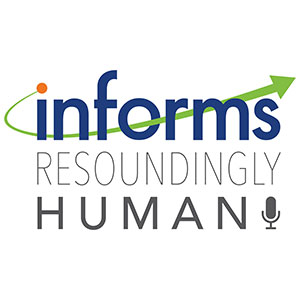
Four Guiding Principles to Extinguish the Public Health Wildfire
The holiday season is officially here and the General Services Administration (GSA) has notified President-elect Joe Biden that his transition can begin. Among his top priorities is his seven-point plan to combat the spread of COVID-19. The Trump administration has mentioned all these points at some point, with support ranging from neglect to passive endorsement. While the Trump approach tipped the scale towards economic recovery, the Biden approach focuses more heavily on public health benefits. The likely optimal path lies somewhere in between, with real-time adjustments needed to steer the nation forward based on the current state of affairs.















